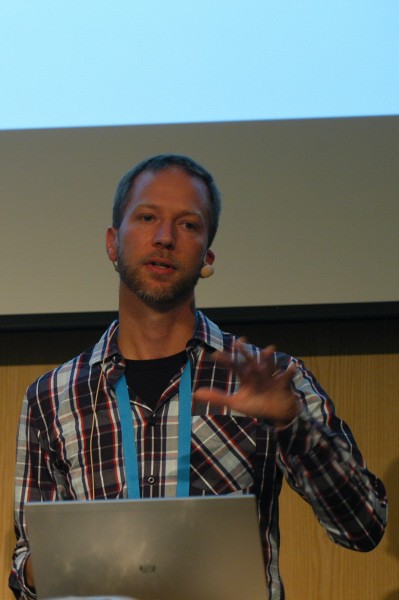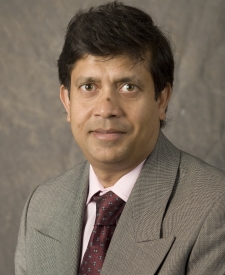
Robin Strand (Uppsala University, Sweden)
Digital distance functions - recent advances in theory and applications
Since Rosenfeld and Pfaltz introduced distance transforms on binary images in the 60's, digital distance functions and their transforms (which label each object point with the distance to the closest background point) have been widely used in essentially all steps of typical computer vision or image processing pipelines, including pre-processing/filtering, segmentation and object description.
While binary distance transforms are a useful tool for, for example, analyzing object morphology and geometry, intensity weighted distance transforms, i.e., distance transforms that take image intensities into account, have shown to be well-suited for, for example, segmentation and salient object detection. A large number of intensity weighted distance functions, including minimax cost functions and fuzzy and geodesic distances, have been developed. This development has resulted in efficient algorithms for different data architectures, deep theoretic results, and a plethora of tools for different applications.
In this talk, some recent advances in digital distance functions will be presented, including the minimum barrier distance (a pseudo-metric defined as the minimal interval of intensity values along a path) and some of its applications in image processing and computer vision.

Adrian Sheppard (Australian National University, Australia)
Analysis of complex material structure from 3D images using discrete Morse theory and persistent homology
Discrete Morse theory provides tools for the efficient extraction of a discrete Morse complex from a 3D digital image, which further allows for consistent partitioning and skeletonisation. Persistent homology, by associating a length scale with topological features, provides for both geometrical and topological analysis of shape. We introduce an additional size measure for features that allows for more detailed characterisation of feature shape, and discuss approaches for topological simplification and characterisation. The work is illustrated by application to tomographic images of geomaterials.
This is joint work with Olaf Delgado-Friedrichs, Vanessa Robins and Anna Herring.

Punam Kumar Saha (The University of Iowa, USA)
Skeletonization and its application to quantitative morphometry
Skeletonization provides a compact yet effective representation of an object using its medial loci defined by Blum’s grassfire transform process. It has been popularly used in many low- as well as high-level image-related tasks including object representation, retrieval, manipulation, matching, registration, tracking, recognition, compression etc. Another popular application of skeletonization in medical imaging is the quantitative characterization of object morphology, where a skeleton serves two purposes—a compact object representation and representative locations to define local structure morphology.
In this talk, basic principles of skeletonization, digital topological analysis, and recent advances characterizing local topology and geometry in three-dimensional quasi-random complex spongy structures will be presented. Digital topological analysis of skeletons is popularly used for characterization of plate and rod micro-architecture of individual trabecular bone structures assessing overall bone strength from in vivo imaging. This theory is further generalized to characterize individual trabeculae on the continuum between a perfect plate and a perfect rod. Also, applications of skeletonization for measuring trabecular bone thickness, spacing and other network properties will be discussed.